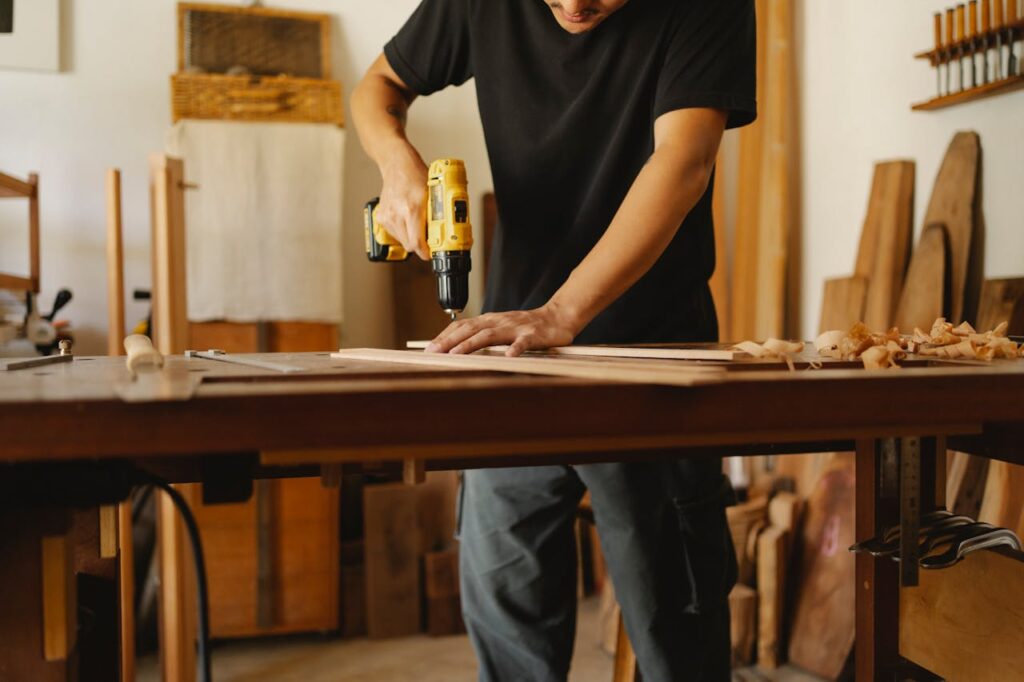Outdoor furniture is a competitive global market, with Vietnam, China, and Indonesia among the leading suppliers. Indonesian outdoor furniture stands out for its use of premium teak, artisanal detailing, and sustainability compliance, making it a preferred choice for hospitality and retail buyers worldwide. This article explains how Indonesia competes globally in both design and durability, and why buyers continue to source from the archipelago.
1. Why Outdoor Furniture from Indonesia Matters
- Material advantage: Plantation-grown teak is naturally resistant to rain, humidity, and pests (ITTO).
- Craftsmanship: Jepara and Central Java have centuries of woodworking heritage, blending tradition with contemporary design.
- Sustainability compliance: Indonesia mandates SVLK certification, guaranteeing timber legality and boosting buyer confidence (FLEGT.org).
Together, these factors give Indonesia an edge in high-demand markets.
2. Design Strengths for Global Buyers
Indonesian outdoor furniture appeals to diverse international buyers because of:
- Design flexibility: From traditional carvings to modern minimalism.
- Customization options: Buyers can specify dimensions, finishes, and upholstery.
- Hospitality-driven design: Many factories specialize in resort-grade furniture that balances durability with style (Furniturenesia).
3. Durability for Hospitality and Retail Projects
Outdoor furniture sourced from Indonesia is engineered for longevity:
- Kiln-dried teak maintains stability across climates.
- Mortise-and-tenon joinery ensures structural strength.
- Weather-resistant finishes (natural oils, sealants) extend lifespan.
This reliability makes Indonesia a trusted supplier for large-scale hospitality projects, from luxury resorts to global retail chains.
4. Global Competitiveness
- Compared to Vietnam: Vietnam offers lower labor costs and faster lead times, but relies heavily on imported wood. Indonesia’s advantage is in local teak supply and artisan value.
- Compared to China: China excels in scale and speed, but often lacks the sustainability credentials demanded by premium markets. Indonesia bridges the gap by offering scale with compliance. (CIFOR)
5. Export and Buyer Expectations
- Lead times: Standard 70–90 days per container, plus shipping.
- MOQs: Typically container-scale (50–100 units per SKU).
- Export hubs: Ports in Semarang and Surabaya handle the bulk of shipments.
Buyers should request QC reports, certification documents, and detailed timelines before committing to contracts.
Snapshot: Why Indonesian Outdoor Furniture Stands Out
| Factor | Indonesia’s Advantage |
| Material | Plantation-grown teak, SVLK certified |
| Design | Wide range, customization for hospitality + retail |
| Durability | Kiln-dried, mortise-and-tenon joinery, finishes |
| Compliance | SVLK mandatory, FSC® optional |
| Competitiveness | Balances scale, sustainability, and craftsmanship |
FAQ
Q: Why is teak the preferred material for outdoor furniture from Indonesia?
A: Teak’s natural oils make it highly resistant to moisture, insects, and weather, making it the most durable option for outdoor use.
Q: How does Indonesian outdoor furniture compare with Vietnam’s?
A: Vietnam offers faster turnaround and cost efficiency, but Indonesia’s edge lies in local teak availability, artisan finishing, and mandatory timber legality certification.
Q: Can Indonesian factories handle large hospitality projects?
A: Yes. Many are equipped to deliver container-scale orders while maintaining artisanal quality and compliance standards.
Q: What is the typical production lead time?
A: Most factories operate on 70–90 day cycles per container, depending on order size and customization.

